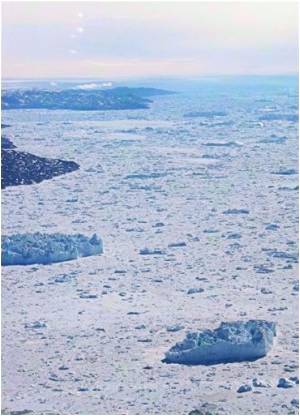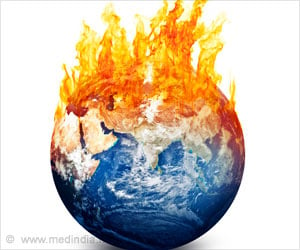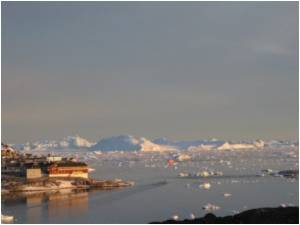
Growing ice sheets are like bulldozers, pushing rocks, boulders and other detritus into heaps of rubble called moraines.
Researchers looked at 250 ancient clams from moraines in three western regions, and discovered that most of the fossils were between 3-5,000 years old.
Briner and his colleagues looked at the structure of clam's amino acids - the building blocks of proteins - in the fossils of ancient clams. Amino acids come in two orientations that are mirror images of each other, known as D and L, and living organisms generally keep their amino acids in an L configuration.
When organisms die, however, the amino acids begin to flip. In dead clams, for example, D forms of aspartic acid start turning to L's.
Because this shift takes place slowly over time, the ratio of D's to L's in a fossil is a giveaway of its age.
Advertisement
The researchers then looked at the D and L ratios of aspartic acid in the 250 Greenland clamshells to come up with the fossils' ages.
Advertisement
Source-ANI







